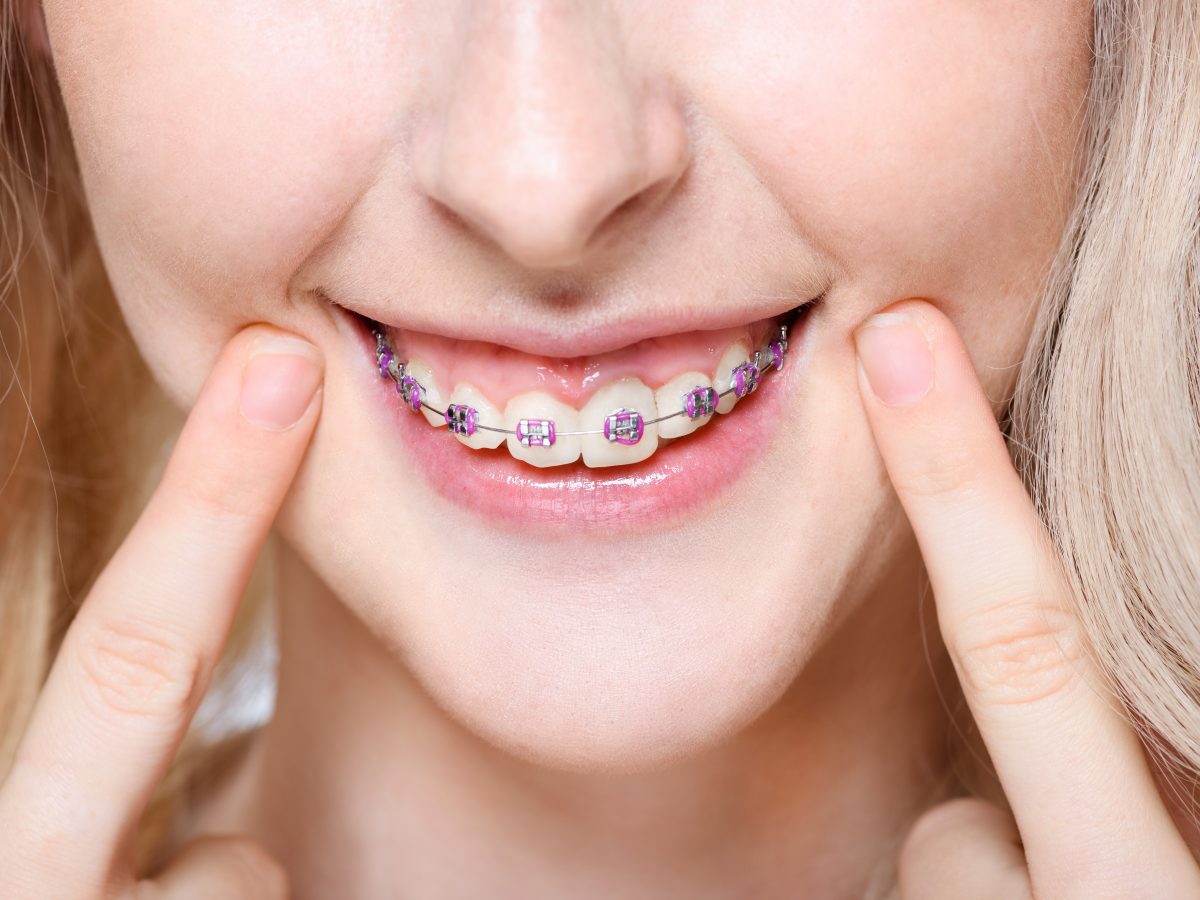Comprehensive Guide to Orthodontics Treatments for Dealing With Dental Misalignments
In the world of orthodontics, the trip to attaining a perfectly lined up smile entails a myriad of treatments tailored to fix dental imbalances. From typical braces to invisible aligners and even surgical choices, the area of orthodontics offers a series of options to resolve differing levels of oral irregularities. Understanding the ins and outs of each treatment, including their systems, advantages, and possible downsides, is crucial in making informed decisions about one's orthodontic treatment. As we navigate through the comprehensive guide to orthodontic procedures for correcting dental imbalances, the intricate information of each approach will certainly unravel, losing light on the course towards a functional and unified oral placement.
Orthodontic Procedures Introduction

Along with traditional dental braces and clear aligners, orthodontists may likewise advise other treatments like headgear, palatal expanders, or retainers to attend to specific positioning issues (invisalign). These treatments are tailored to every person's distinct demands and might involve a mix of therapies to achieve the preferred outcomes. Normal adjustments and tracking are crucial parts of orthodontic therapy to make certain progress is on track and to make any type of essential modifications in the process. By undertaking orthodontic treatments, patients can not only accomplish a straighter grin yet additionally improve their overall oral health and wellness and feature.
Conventional Braces: How They Work
When thinking about orthodontic treatments for dental imbalances, traditional dental braces attract attention as a tried and true method for dealing with teeth positioning. Traditional dental braces include braces, wires, and bands that collaborate to use constant stress on the teeth, slowly relocating them into the wanted alignment. The braces are attached to the teeth making use of a special adhesive, and the cords are threaded through the braces. By adjusting the stress of the cords, orthodontists can manage the instructions and force put on each tooth, guiding them into correct alignment gradually.
As stress is used to the teeth with the dental braces, the bone bordering the teeth is improved to sustain the brand-new tooth settings. Individuals will certainly require routine modifications at the orthodontist's office to guarantee the braces continue to apply the appropriate pressure for effective teeth movement.
Invisible Aligners: Pros and Cons
These clear, custom-made trays are basically undetectable when worn, making them an enticing choice for people seeking a more cosmetically pleasing orthodontic therapy. People can eliminate the aligners before consuming or brushing their teeth, lowering the risk of food obtaining stuck in the home appliance and streamlining the cleaning procedure.

Surgical Orthodontic Options
Surgical interventions in orthodontics existing practical alternatives for dealing with complex dental imbalances that might not be successfully settled via standard orthodontic therapies. While unseen aligners and standard dental braces can remedy numerous orthodontic problems, certain cases call for medical intervention to accomplish ideal results. Surgical orthodontic options are typically suggested for extreme malocclusions, substantial jaw inconsistencies, and cases where the underlying bone structure requires adjustment to achieve proper placement.
One typical surgical orthodontic treatment is orthognathic surgical treatment, which involves rearranging the jaws to remedy practical issues such as trouble speaking or chewing. This surgical procedure is typically performed in cooperation with an orthodontist who helps line up this hyperlink the teeth before and after the treatment. Surgical orthodontics may additionally include treatments to subject influenced teeth, eliminate excess periodontal tissue, or improve the jawbone to produce an extra harmonious face profile.
Prior to considering medical orthodontic options, individuals undergo a thorough assessment to establish the necessity and possible benefits of such interventions. cumming orthodontics. While surgery may appear challenging, it can dramatically improve both the function and aesthetics of the smile in cases where standard orthodontic therapies fail
Retainers and Post-Treatment Care

Post-treatment care involves complying with the orthodontist's directions faithfully. This may include proper oral hygiene methods, participating in follow-up consultations, and wearing the retainers as prescribed. Failure to abide by post-treatment treatment directions can cause regression, where the teeth progressively relocate back in the direction of their initial positions. Consistent retainer wear, good oral hygiene, and regular dental check-ups are important for preserving the results accomplished with orthodontic surgical treatment and guaranteeing the long-lasting stability of the dealt with dental placement.
Conclusion
In conclusion, orthodontic treatments offer different options for remedying dental imbalances. Surgical orthodontic options are offered for more serious imbalances. In general, orthodontic treatments can effectively enhance oral wellness and aesthetic look.
As we navigate with the thorough guide to orthodontic treatments for dealing with dental imbalances, the intricate details of each technique will certainly unfold, dropping light on the course toward a harmonious and useful dental placement. - cumming invisalign
One of the most common orthodontic treatments is the usage of dental braces, which are composed of metal brackets and cables that use mild stress to gradually shift teeth into the preferred placement.When considering orthodontic treatments for dental misalignments, standard dental braces stand out as a reliable method for fixing teeth positioning. Furthermore, undetectable aligners may not be appropriate for intricate orthodontic concerns that call for even more substantial teeth activity, as they are typically recommended for mild to moderate situations. Retainers are customized orthodontic gadgets created additional info to hold teeth in their remedied settings after the conclusion of orthodontic therapy.